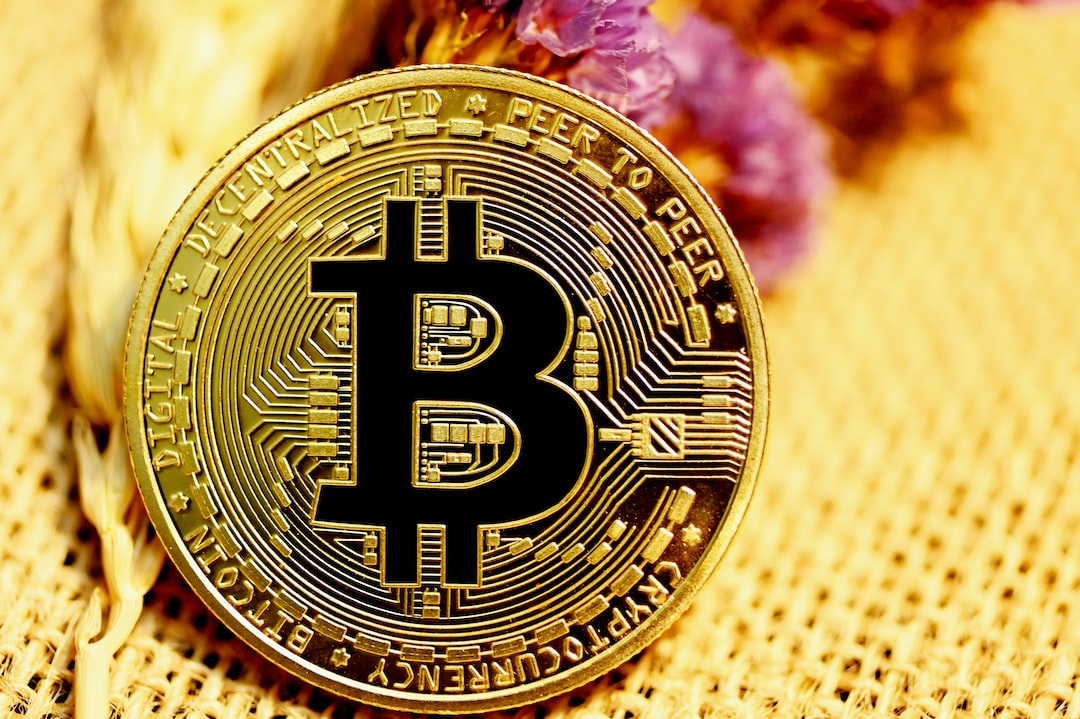Solana’s Growing Momentum in Key Metrics
A recent analysis by Ryan Watkins, co-founder of Syncracy Capital, highlights Solana’s impressive progress in key metrics that were once dominated by Ethereum. Watkins notes that while Solana has surpassed Ethereum in decentralized exchange (DEX) and non-fungible token (NFT) volumes, active addresses, transaction count, and stablecoin transfers, running Solana nodes is more expensive.
Solana’s Price Surge and On-Chain Activities
Over the past few months, SOL prices have been on a rapid upward trend, breaking resistance levels and reaching new highs for 2023. This surge in prices has also led to increased on-chain activities, with higher transaction counts and a significant rise in total value locked (TVL) in the decentralized finance (DeFi) sector on the Solana network.
Solana’s Architecture and Scalability
Solana’s preference among developers and traders stems from its architecture and scalability. The network allows for cheap transactions and smart contract launches due to its structure and reliance on independent nodes rewarded for their engagement. This setup ensures decentralization and security.
The Cost of Operating Nodes and Decentralization Comparison
While concerns about Solana’s decentralization have been raised, Watkins explains that Solana has around 40% of the number of nodes compared to Ethereum. However, running Solana nodes is five times more expensive than running Ethereum nodes. This cost trade-off is necessary to achieve the high throughput offered by the Solana network.
Comparing Node Costs Between Solana and Ethereum
According to Syncrancy data, running an Ethereum node costs approximately $550, while a high-end node on Firedancer (Solana) costs over $5,100. Despite the higher cost, Solana’s node has a throughput of 55,000 transactions per second (TPS) compared to Ethereum’s 100 TPS.
Decentralization Metrics and Node Count
The Nakamoto Coefficient, which measures decentralization, stands at 21 for Solana and 2 for Ethereum. This suggests that Solana is more decentralized than Ethereum. However, there are over 1 million Ethereum nodes compared to over 2,900 Solana nodes.
Importance of Decentralizing Developer Ecosystem
Watkins defends Solana by stating that decentralization encompasses more than just node count and geographic distribution. He emphasizes the need for Solana to continue decentralizing its developer ecosystem and implementing features like light clients for affordable end-user verification.
Solana’s Future Plans for Network Improvement
Solana plans to release the Firedancer validator client to diversify its network, enhance reliability, and improve scalability. This client will enable nodes to produce blocks faster, allowing the network to process more on-chain transactions without relying on off-chain options.
Hot Take: Solana Challenges Ethereum with Growing Momentum
Solana’s recent surge in key metrics shows its growing momentum as it surpasses Ethereum in various areas. While running Solana nodes may be more expensive, the network’s architecture and scalability have attracted developers and traders. Although concerns about decentralization exist, Solana continues to make progress in this area. With plans for network improvement and a focus on decentralizing its developer ecosystem, Solana poses a significant challenge to Ethereum’s dominance in the crypto space.





 By
By
 By
By
 By
By

 By
By
 By
By